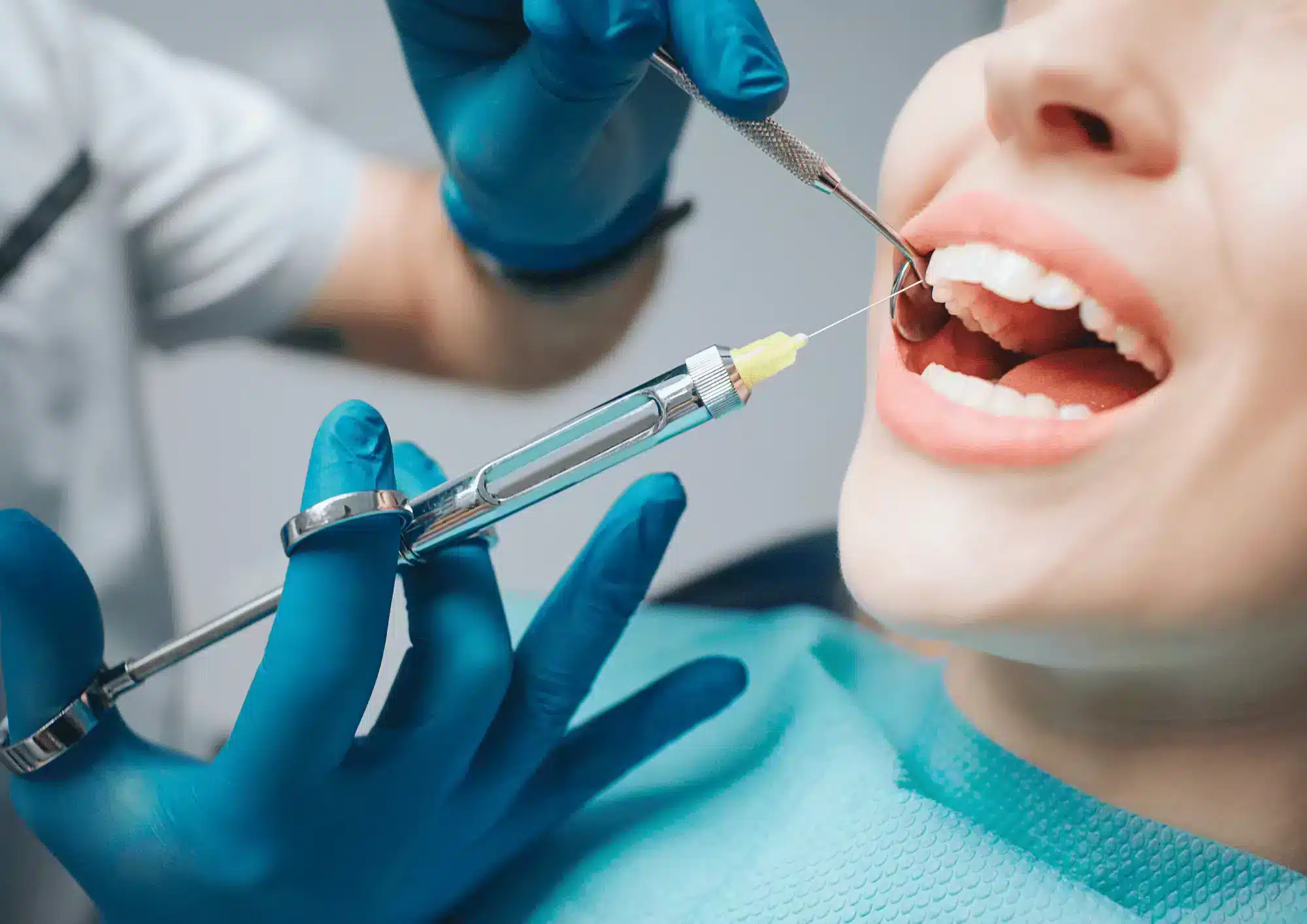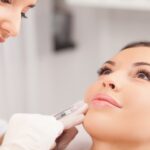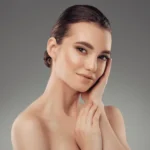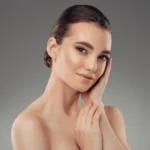

Dermal fillers are injectable gels used to treat cosmetic issues including wrinkles and fine lines, nasolabial folds, vertical lip lines, and skin depressions. Commonly used by aestheticians and cosmetic surgeons, dentists also use these products to treat both skin issues and issues related to the head and neck.
Why Dentists?
In addition to familiarity with facial aesthetics, dentists have in-depth knowledge about facial muscles, the nervous system, and blood supply. They are skilled at oral restoration, dentures, and smile design. Dentists are adept at facial injections and, in fact, do more oral and maxillofacial injections than any other medical professionals.
Uses of Botox in Dentistry
The following dental conditions can be treated with Botox:
-
Temporomandibular Joint (TMJ) Disorders
There are various causes of TMJ disorders. The muscles for mastication (masticatory muscles) are primarily affected, resulting in pain, odd sounds, headaches, and more. Botox helps relieve the symptoms of TMJ disorders by relaxing the muscles, reducing the pain and spasms created in the maxillofacial region.
-
Reducing Gummy Smile
A gummy smile is caused by excessive contraction of the muscle above the upper lip, which is called the levator labii superioris alaeque nasi. It results in the exposure of the gingiva, which is known as a gummy smile. When it is injected with Botox, this prevents the excess contraction and relaxes the muscle, preventing the gummy smile. It is one of the easiest procedures to treat this condition, as it does not involve surgery.
-
Bruxism
Excessive teeth grinding can have psychological, genetic, muscular and orofacial causes. The common symptoms include tooth wear, facial muscle pain, and tooth mobility. Injections of Botox relieve muscle dystonia, reducing the effects of bruxism. Botox, along with proper habit breaking appliances, provides excellent results in patients with this condition.
-
Facial Aesthetics
Facial wrinkles, especially nasolabial folds, are commonly treated with dermal fillers. These injectables provide immediate fullness, reducing wrinkles and correcting the lips and smile lines.
-
Interdental Papilla
Another important oral issue is the retraction of the gingival tissue, which causes an increased interdental space. This space, which is often called the ‘black triangle’, causes the accumulation of food particles, plaque, and calculus. Injecting Botox in these areas increases the volume of the gingiva and reduces the interdental space.
-
Mandibular Dystonia
Involuntary movement and spasms in the muscles of the mandible result in abnormal oral positions and the inability to speak correctly. A neurological disorder, Mandibular Dystonia is also classified as a TMJ disorder. A Botox injection in the masseter or submental complex treats this condition.
-
Mandibular Spasm
The mandible is a prominent point for many muscles, including the buccinator, depressor anguli oris, depressor labii inferioris, digastric, genioglossus, geniohyoid, lateral pterygoid, masseter, medial pterygoid, mentalis, mylohyoid, platysma, and temporalis. Any abnormal spasm or contraction of these muscles will result in pain and the inability to open the mouth completely. This condition prevents patients from maintaining basic oral hygiene and utilizing teeth and oral tissues. Local Botox injections relax the muscles and alleviate the symptoms.
Conclusion
Cosmetic injectables are often used to treat a variety of facial and oro-facial conditions. They are ideal for use by dentists, whose extensive knowledge regarding facial aesthetics, tissues and the nervous and vascular systems allows them to treat a wide range of maxillofacial problems. In addition to facial corrections, dermal fillers have numerous applications in dentistry with long-lasting effects.
Aesthetic products generally refer to a broad category of items designed to enhance or improve one's appearance, often focusing on skincare, beauty, and personal grooming. These products are typically used to maintain or enhance physical attractiveness and may include a wide range of items intended for both professional and personal use. Here are some common types of aesthetic products:
-
Skincare Products: Including cleansers, moisturizers, serums, and treatments designed to address various skin concerns such as acne, aging, hyperpigmentation, and sensitivity.
-
Cosmetics: Makeup products such as foundations, concealers, eyeliners, lipsticks, and eyeshadows used to enhance facial features and achieve desired looks.
-
Hair Care Products: Shampoos, conditioners, styling products, and treatments to maintain and improve the health and appearance of hair.
-
Fragrances: Perfumes and colognes used to enhance personal scent and attractiveness.
-
Dental Care Products: Toothpaste, mouthwash, whitening treatments, and dental floss aimed at maintaining oral hygiene and enhancing smile aesthetics.
-
Personal Grooming Tools: Including razors, electric shavers, trimmers, and grooming kits used for hair removal and personal hygiene.
-
Beauty Devices: Devices such as facial cleansing brushes, LED light therapy masks, and microcurrent devices designed for at-home skincare treatments.
-
Nutritional Supplements: Supplements aimed at promoting skin health, hair growth, and overall well-being, often containing vitamins, minerals, and antioxidants.




